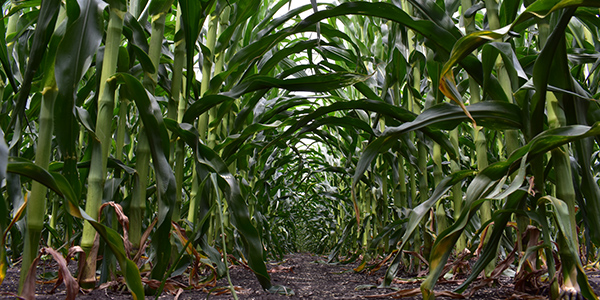Section Title
Crop Rotation Planning
Crop Types
- Whole Farm
By Anne Kirk
Planting different crops in rotation can have a positive impact on yield through improvements to soil health, fertility, disease, insect and weed pressure. Harvest production report data from Manitoba Agricultural Services Corporation (MASC) consistently shows that some crops perform better when planted after others.
Related Production Resources

Early season weed control can be key to optimizing yield and giving your crop a good head start. Even small weeds compete with your crop for moisture and nutrients while also acting as a host for insects and diseases. Controlling… Read More

In Manitoba, field corn is grown for grain or silage production. The majority of grain corn produced in Manitoba supplies the ethanol and feed industries, but a small portion is sold to the distillery in Gimli. Silage corn is used… Read More

This is Part 3 in a three-part series on managing extremes of moisture. Part 1 focuses on soil properties and definitions and Part 2 focuses on crop selection, pests and fertility. If you haven’t already, we recommend reading Parts 1… Read More

This is Part 2 of a three-part series on managing extremes of moisture. Part 1 focuses on soil properties and definitions. If you haven’t already, we recommend reading Part 1 first. Part 3 focuses on field activities. Read More

This is Part 1 of a three-part series on managing extremes of moisture. Part 2 focuses on crop selection, pests and fertility, and Part 3 focuses on field activities. Read More

By now, producers have made most of their cropping decisions for 2023. For those that have chosen to include malting barley in their rotation, this article offers some information and tips to consider for seeding and growing malt barley to… Read More

Waterhemp and Palmer amaranth are pigweeds in the genus Amaranthus. While more common members of this genus such as redroot pigweed are familiar to Manitoba farmers, waterhemp and Palmer amaranth are new to Western Canada. Not yet identified in Saskatchewan… Read More

In this applied project, these new malting barley varieties were grown in several on-farm trials over a three year period in different locations in Manitoba. The results show that the new varieties perform well in terms of both agronomics (yields)… Read More

Most species of cutworms are generalists, meaning they will feed on many types of crops and wild plants at the seedling stage, if given the opportunity. Cutworms are not often an economical concern, especially in cereal grains due to high… Read More
Related Research Projects
Manitoba Crop Alliance’s research program invests in research that will make every Manitoba farmer member more productive and sustainable, providing data to help members make decisions for their operations.




